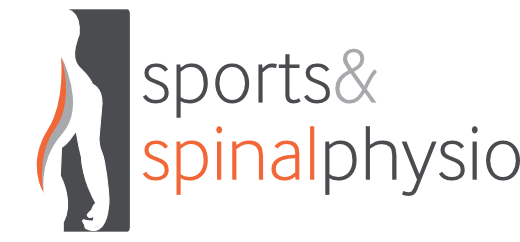News & Blog
Author: Sports and Spinal Physio
- The problem with spines!
- Is weight the best way to measure success with diet and exercise?
- Disc Herniation and IDD Therapy – Case study!
- You only get out what you put in!
- 5 Key Points for a Healthy, Home Working Environment
- Why Do I Keep Getting Injured?
- The 3 Biggest Causes of Pain
- The 3 biggest mistakes people make when treating shoulder pain
- FIFA World Cup Fever
- Pronation is great!
- It wasn’t all Champagne and Strawberries at Wimbledon!
- Is IDD the best non-surgical treatment for prolapsed and herniated disc?
